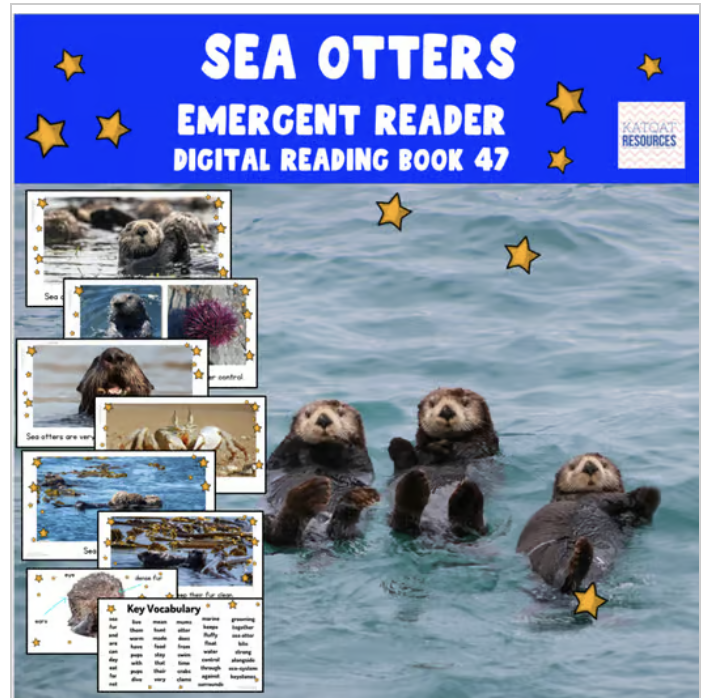Key Facts About Sea Otters For Young Learners
Sea otters are incredibly interesting mammals. They are known as Enhydra lutris in the scientific world. From this classification, they are split into three more groups: The southern sea otter, the northern sea otter and the Russian sea otter. Sea otters are keystone animals. They are very imp
The sea otter almost faced extinction during the 18th and 19th centuries due to an intense hunting campaign. Known for their dense fur, these curious creatures spend almost their entire lives in the ocean, rarely, if ever, setting their paws on land.
Most marine mammals have a thick layer of blubber, but sea otters survive with around one million hairs per square inch. This dense, thick fur acts as a waterproof insulator, helping them stay warm and afloat.
Here are some questions for learners to think more critically about sea otters.

- Why do sea otters have such thick fur?
- How do sea otters use tools to open shellfish
- Why do sea otters float on their backs when they rest?
- What might happen to sea otters if there were no kelp forests?
- How do sea otters help control the population of sea urchins?
- Why do sea otters spend so much time grooming their fur?
- What would happen if sea otters didn’t have strong teeth?
- How do sea otters communicate with each other?
- If you were a sea otter, what challenges do you think you might face in the ocean?
- Why is it important for people to protect sea otters and their habitats?
Don’t forget to check out my early reader resource about sea otters. This is also a great visual foundation text to help children grasp a new topic.


Leave a comment